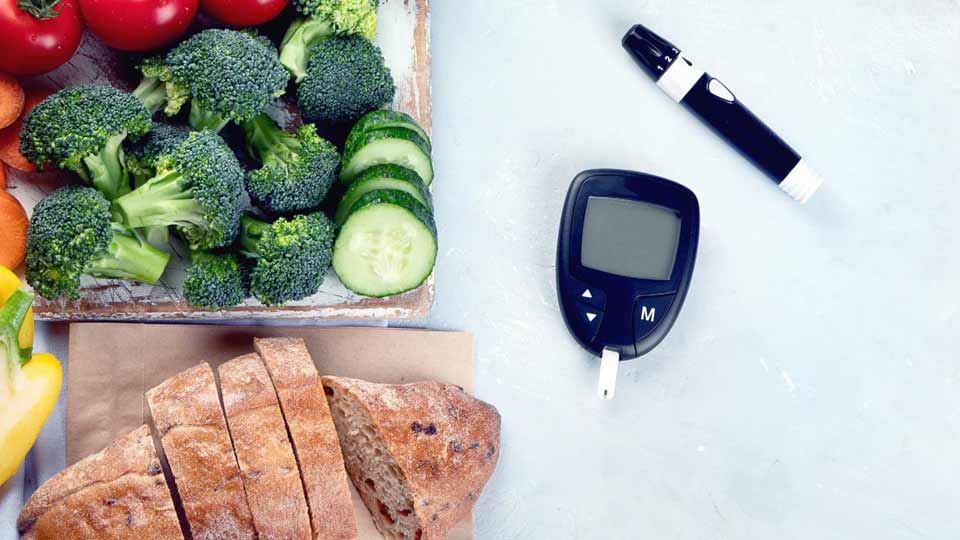Glycemic Index – Is It a Good Barometer for a Healthy Diet?

If you have not heard of glycemic index (GI) you might be surprised to know that it is a scale of measurement from 0 – 100 on how fast a particular food product causes rise in blood sugar.
GI values are generally divided into three categories:
Low: 1 to 55
Medium: 56 to 69
High: 70 and above
Food products with a high GI are those that are likely to be rapidly digested, absorbed and metabolised, resulting in spikes in blood sugar levels. Both constant high blood sugar or the periodic spikes of blood sugar would take a toll on the body and increase one’s cardiovascular risk. This is especially so for someone with diabetes.
Ever since sugar became the new evil of various medical conditions, an index of how different food products affect our blood sugar sounded like the much-awaited silver bullet for dietitians. However, is glycemic index really a reliable healthy diet scale?
We cannot discuss GI without learning about glycemic load (GL). GL is the measurement of the amount of digestible carbohydrate that will convert into sugar in a unit of a particular food product. In general, GL of 20 or above is high, 11 to 19 is medium, and 10 or under is low. Therefore, a food product that has high digestible carbohydrate (high GL) and can cause a rapid rise in blood sugar (high GI) is generally not ideal.
Other Consideration Factors
Fresh produce and unprocessed food products are generally high in fibre, vitamins and minerals. Though certain food products may have a higher GI, but in their natural and unprocessed form have low GL and are rich in vitamins and minerals. One such example is watermelon. A standard unit of watermelon has a high GI, but it is rich in fibre, vitamins and minerals, and its actual GL is only 5. However, watermelon juice on the other hand not only requires many standard units of watermelon to make one cup of juice, valuable fibre, vitamins and minerals are also lost in the juicing process.
If you are weight conscious, you may want to find out about calorie density too. For example, cheese and other dairy products, even though they are low in GI and GL, they are high in protein and fat. Therefore, consuming too much would still lead to weight gain.
A food product that is rich in carbohydrate and has a high GI value does not mean that it is to be condemned. We can augment the GI by adding ingredients with low GI such as protein, fat and acid. For example, a boiled potato’s GI can be reduced by adding protein and fat such as chicken or fish with lemon juice, which is high in acid, to reduce its GI value.
GI and GL of the food products are just part of the building blocks of a healthy diet. Ultimately, a balance diet is key to provide the nourishment for your body. You may consider reaching out to a dietitian or your family physician at a GP clinic in designing a diet that suits your lifestyle and medical profile.


